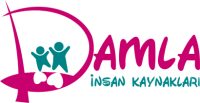
Lice Infestation in Children

Lice are classified as head lice, pubic lice, and body lice based on where they settle in the human body. Head lice infestation is primarily caused by head lice, which are particularly common in schools and daycare centers. We can say that lice do not discriminate by class; these unpleasant parasites, which need human blood to live and reproduce, can infest you regardless of your position. However, they do have some preferences; for example, they tend to settle more on children than adults, and they prefer girls over boys, as well as long hair over short hair. Contrary to what some of us might think, these small, wingless insects do not have the ability to jump or fly; unlike dandruff, they cling tightly to the hair and do not come off easily. Head lice can survive on the scalp for several weeks. In a typical infestation, 12 to 24 live lice can settle on a person's head, and each of these produces eggs known as 'nits.'
The primary symptom of head lice infestation in children is frequent itching of the scalp. If you suspect such a condition, you should carefully examine your child's hair at the nape of the neck and behind the ears. It is quite rare to see the lice themselves; however, you may be able to spot their whitish, oval-shaped eggs, especially in clustered areas. There are various lice treatments available on the market that can eliminate head lice. Since some of these treatments have toxic effects, they should be used with a doctor's advice or after consulting a pharmacist. Lice treatments should be applied to dry hair and will eliminate both lice and their nits, but dead lice and eggs must also be removed from the hair with a fine-toothed comb or by hand.
While dead lice do not have the ability to spread, their appearance is unappealing and can lead to misdiagnoses. When a child has lice, if the infestation is widespread, cutting the hair may be considered; however, making such a decision in a panic and implementing it immediately can have traumatic effects on the child. If you use the treatment carefully and as directed, you can manage this issue without cutting your child's hair. However, having shorter hair can make the treatment easier to apply and yield quicker results.
For the lice treatment to be effective, the procedure should be repeated after 8 days to eliminate the possibility of any surviving nits turning into larvae and posing a renewed threat. Additionally, there are other precautions to take; every family member should be checked in this regard; clothing, towels, and bed linens should be washed in hot water, the entire house and, if applicable, the car should be vacuumed, and combs and brushes should be soaked in hot water.
Child Health and Safety Other Content in the Category
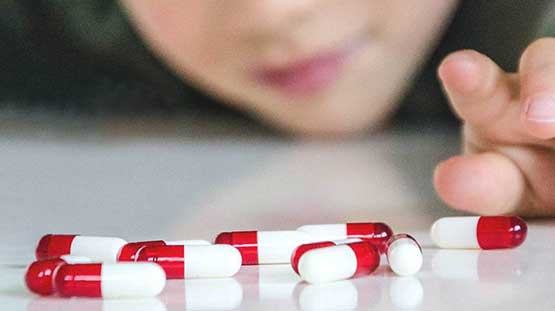
Child Health and Safety
Child Safety: Medications Should Be Stored Out of Reach of Children

Child Health and Safety
10 Effective Tips for Child Health
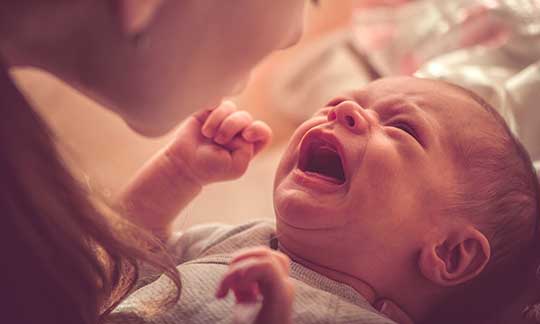
Child Health and Safety
8 Factors That Cause Babies to Cry

Child Health and Safety
Down Syndrome Diagnosis Methods
.jpg)
Child Health and Safety
When Do Babies Crawl
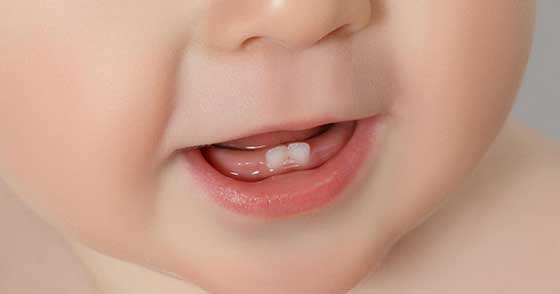
Child Health and Safety
Information About Teething Period in Babies

Child Health and Safety
Ways to Protect Children from the Coronavirus
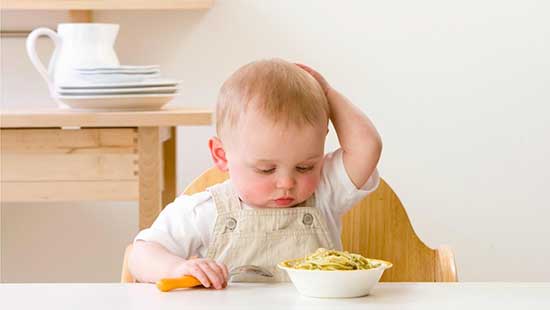
Child Health and Safety
My Baby Refuses to Eat Solid Food
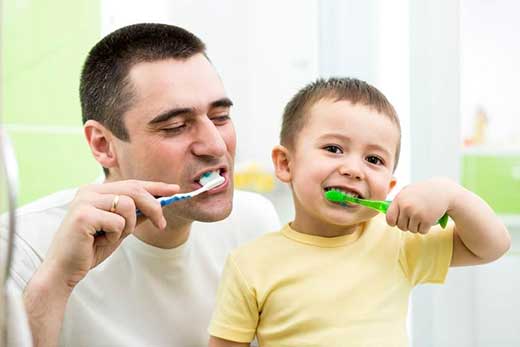
Child Health and Safety
What to Do to Instill Brushing Habits in Children
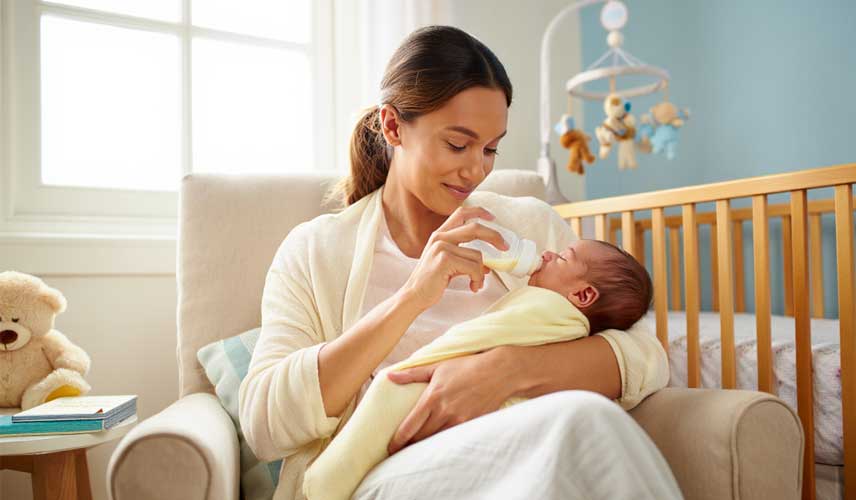
Child Health and Safety
Newborn Care

Child Health and Safety
How Much Water Should Babies Drink?
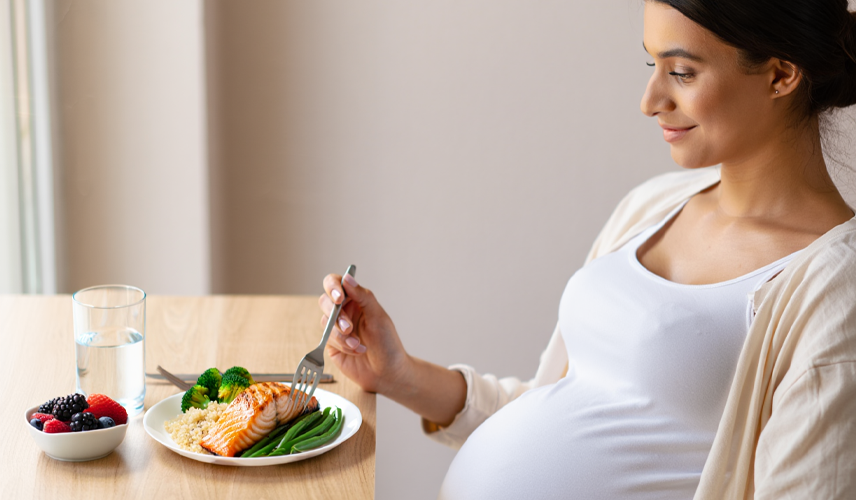
Child Health and Safety
10 Things to Do for a Healthy Pregnancy

Child Health and Safety
10 Ways to Prevent Sugar Consumption in Children

Child Health and Safety
Frequently Asked Questions About Cancer and Chemotherapy
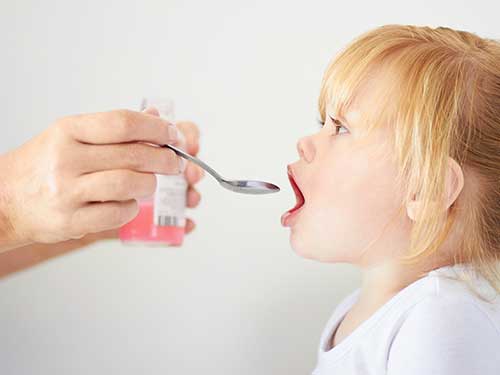
Child Health and Safety
